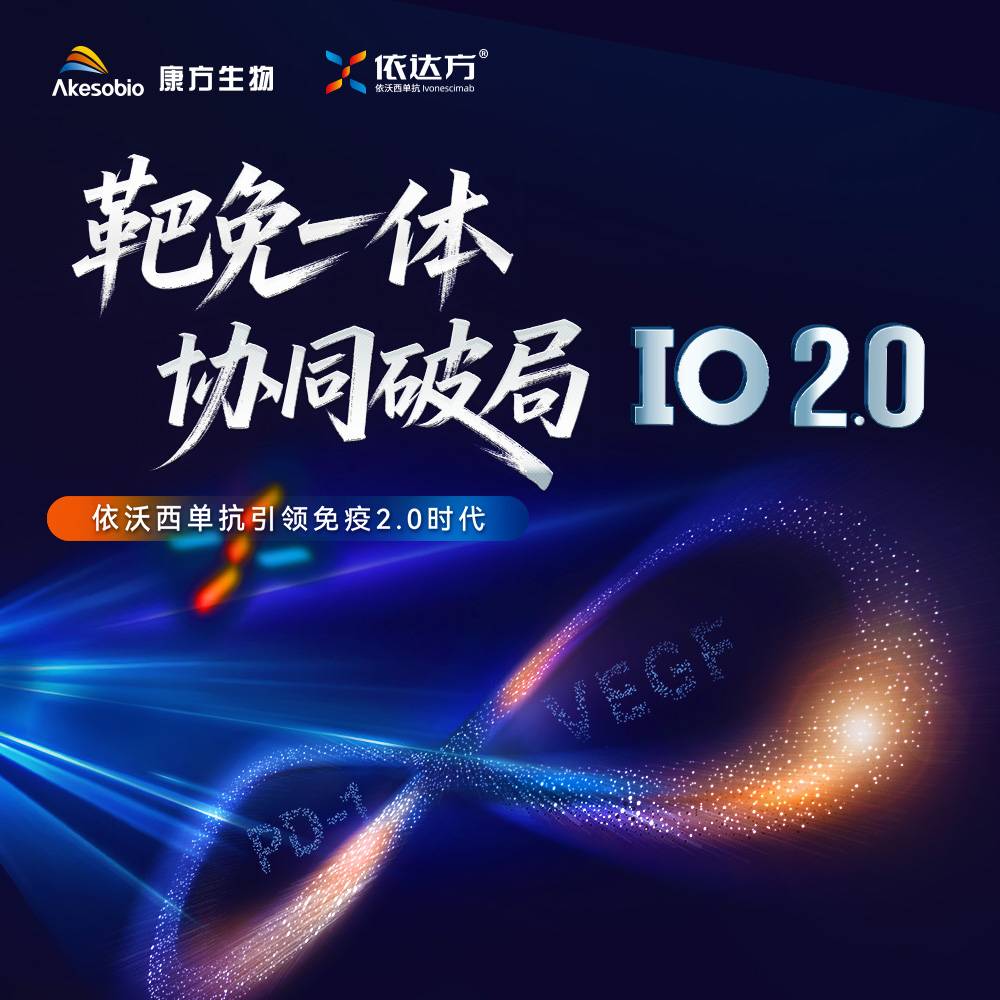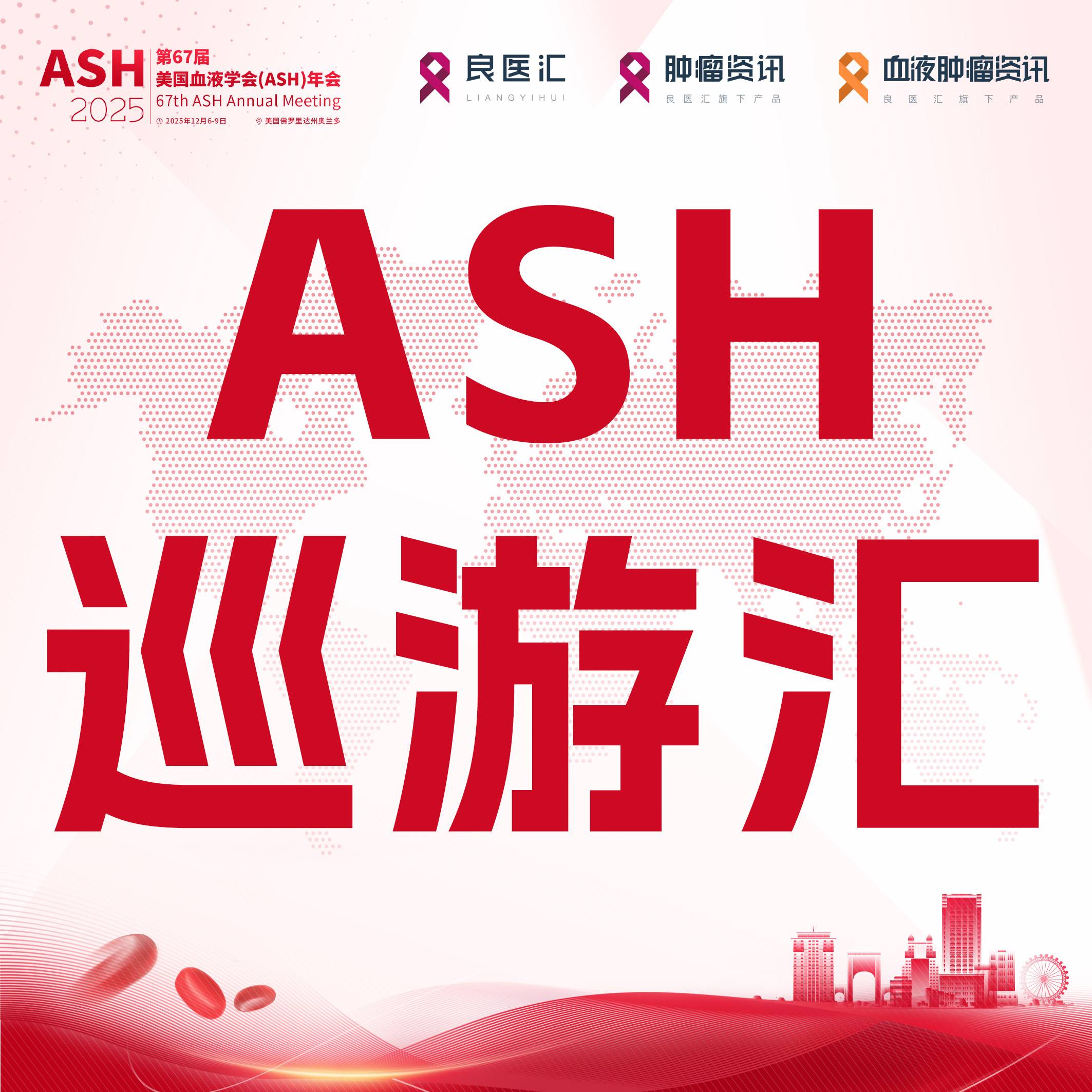来源:医脉通血液科
背景
套细胞淋巴瘤(MCL)是一种罕见的不可治愈性B细胞淋巴瘤。患者接受8疗程的利妥西单抗- HyperCVAD大剂量化疗与利妥西单抗-甲氨蝶呤-阿糖胞苷交替治疗,总生存期达10.7年,但治疗相关髓系肿瘤10年累积发生率为6.2%。依鲁替尼-利妥昔单抗联合方案可使80%的复发/难治性MCL患者产生持久缓解,毒性可接受。这为年轻和体质状态较好的新诊断未经治MCL患者提供了一个依鲁替尼-利妥西单抗诱导治疗+短疗程免疫化疗巩固治疗的无化疗机会。
方法
该2期多中心研究纳入年龄不超过65岁的新诊断MCL患者,共包含2个阶段:第1阶段为初始无化疗期(依鲁替尼联合利妥西单抗),治疗至患者达到最佳缓解,第2阶段为短疗程的强化疗免疫治疗期。
主要目的是评估依鲁替尼联合利妥西单抗的缓解率,次要目的是评估患者完成诱导和巩固治疗后的无进展生存期(PFS),以及进一步评估毒性。
给药方案
依鲁替尼560 mg/d连续口服,利妥西单抗375 mg/m2 IV(第1疗程:每周1次,连续4周;第3~12疗程,每个疗程的第1天);强化化疗免疫方案包含利妥昔单抗联合环磷酰胺、长春新碱、阿霉素和地塞米松(hyper-CVAD),并且每28天与利妥昔单抗联合甲氨蝶呤和阿糖胞苷交替治疗。若患者在依鲁替尼联合利妥西单抗初始治疗后达到了完全缓解(CR),将会接受4个附加的强化化学免疫治疗;若患者达到部分缓解或进展,但若对强化化学免疫治疗有反应,将会在CR后额外接受2疗程的化学免疫治疗。
结果
截止2016年8月2日,共招募了50名新诊断未经治MC患者,其中41名患者开始接受治疗。在36名可评估响应的患者中,第1阶段的总缓解率(ORR)为100% (n = 36),部分缓解率(PR)为28%(n = 20)。19名患者完成了第1阶段和第2阶段的治疗,ORR和CR均为100%(n = 19),第1阶段和第2阶段治疗后所有患者均达到CR。
在第1阶段,最常见的1~2级非血液学不良反应包括疲劳(n = 40)、腹泻(n = 25)、皮疹(n = 24)、肌痛(n = 22)、口腔黏膜炎(n = 17)、周围神经病变(n = 15)、恶心(n = 14)、视力模糊(n = 14)、水肿(n = 13)、便秘(n = 12)、头痛(n = 11)、眼干(n = 9)、头晕(n = 9)和流泪(n = 6),3级非血液学不良反应包括疲劳(n = 3)、恶心(n = 0)、皮疹(n = 1)、胸腔积液(n = 1)、感染(n = 2)和呼吸困难(n = 1),无4/5级不良反应发生。
第2阶段,常见的1~2级血液学不良反应包括贫血(n = 13),3-4级血液学不良反应包括中性粒细胞减少症(n = 2)、ALT升高(n = 1)和发热性中性粒细胞减少(n = 1),无5级血液学毒性发生。与历史对照相比,短疗程的强化化学免疫治疗后的毒性明显减小,但仍需较长时间的随访。
结论
该研究表明,对于新诊断未经治的年轻MCL患者而言,依鲁替尼联合利妥西单抗的无化疗诱导治疗,有效且易耐受,并产生了史无前例的安全性和有效性,这将有可能为短疗程的化学免疫巩固治疗奠定了基础。
原文
147 Chemotherapy-Free Induction with Ibrutinib-Rituximab Followed By Shortened Cycles of Chemo-Immunotherapy Consolidation in Young, Newly Diagnosed Mantle Cell Lymphoma Patients: A Phase II Clinical Trial
Introduction:
Mantle cell lymphoma (MCL) is a rare and incurable subtype of B-cell lymphoma. Intense chemo-immunotherapy with 8 cycles of Rituximab-HyperCVAD alternating with Rituximab-Methotrexate-Ara C is associated with an overall survival of 10.7 years but the 10-year cumulative incidence of therapy-related myeloid neoplasm was 6.2%. The ibrutinib–rituximab combination has produced durable responses in 88% of patients with relapsed and refractory MCL with acceptable toxicity. This gives rise to a “Window” of opportunity to use chemotherapy-free induction with ibrutinib plus rituximab followed by fewer cycles of chemo-immunotherapy consolidation in young and fit patients with newly-diagnosed, untreated MCL.
Methods:
Enrolment began in June 2015 for a Phase II single-center clinical trial consisting of an initial chemotherapy-free phase (window) of ibrutinib and rituximab combination treatment in Part 1 until best response, followed by a shortened course of intense chemo-immunotherapy in Part 2 among young newly diagnosed MCL patients of ≤65 years.
The primary objective was to evaluate the response rate of ibrutinib plus rituximab. The secondary objectives were to evaluate the progression free survival (PFS) of ibrutinib plus rituximab after consolidation with a shortened number of cycles of intense chemo-immunotherapy, and to further evaluate the toxicity profile.
Ibrutinib is dosed at 560 mg orally, daily, continuously. Rituximab is dosed at 375 mg/m2 IV weekly x 4 during cycle 1 (28 days cycle), then day 1 of cycles 3-12. Intense chemo-immunotherapy consists of rituximab plus cyclophosphamide, vincristine, doxorubicin, and dexamethasone (hyper-CVAD); alternating every 28 days with rituximab plus high-dose methotrexate-Ara C. If in complete remission (CR) after initial ibrutinib and rituximab treatment, a total of 4 additional treatments of intense chemo-immunotherapy are given. If the patient is in partial response or progression, and if responding to intensive chemo-immunotherapy, a total of 2 cycles of chemo-immunotherapy therapy are administered beyond achievement of CR.
Results:
As of August 2, 2016, we have completed the target enrolment by accruing 50 out 50 patients with newly-diagnosed untreated MCL. Forty one (n=41) patients have begun treatment and 36 are evaluable for response. Of the 36 evaluable patients, overall response rate (ORR) to Part 1 alone (Ibrutinib plus rituximab) is 100% (n=36) with PR in 28% (n=10) and CR in 72% (n=20). Nineteen 19 patients have completed both Part 1 (ibrutinib and rituximab) and Part 2 (chemo-immunotherapy). The ORR to both Part 1 and Part 2 (n=19) was 100% and was equal to the CR rate (100%, n=19), i.e. all have achieved a CR to Part 1 and Part 2. Toxicities are recorded as the number of patients experiencing a certain adverse event. Regardless of their relation to study drug in Part 1, the most common grade 1-2 non-haematological (non-heme) adverse effects (AEs) are fatigue (n=40), diarrhea (n=25), rash (n=24), myalgia (n=22), oral mucositis (n=17), peripheral neuropathy (n=15), nausea (n=14), blurred vision (n=14), edema (n=13), constipation (n=12), headache (n=11), dry eyes (n=9), dizziness (n=9) and watery eyes (n=6). Grade 3 non-heme AEs included fatigue (n=3), nausea (n=0), rash (n=1), pleural effusion (n=1), infection (n=2) and dyspnea (n=1). There was no grade 4 or grade 5 non-heme toxicities in Part 1.
In part 2, common grade 1-2 hematological (heme) AEs was anemia (n=13). Grade 3-4 haematological AEs included neutropenia (n=2), ALT increase (n=1) and febrile neutropenia (n=1). In Part 2, there was no grade 5 hematologic toxicity. The toxicity after intensive immune-chemotherapy in shortened cycles are much improved compared to historical controls but longer follow-up is needed.
Conclusions:
Preliminary data indicate that the chemotherapy-free induction with ibrutinib and rituximab in newly diagnosed, young MCL patients was efficacious and well-tolerated. This unprecedented efficacy and safety may provide a window of opportunity for less chemo-immunotherapy needed for consolidation.
编辑:肿瘤资讯-熊熊兔















 苏公网安备32059002004080号
苏公网安备32059002004080号


